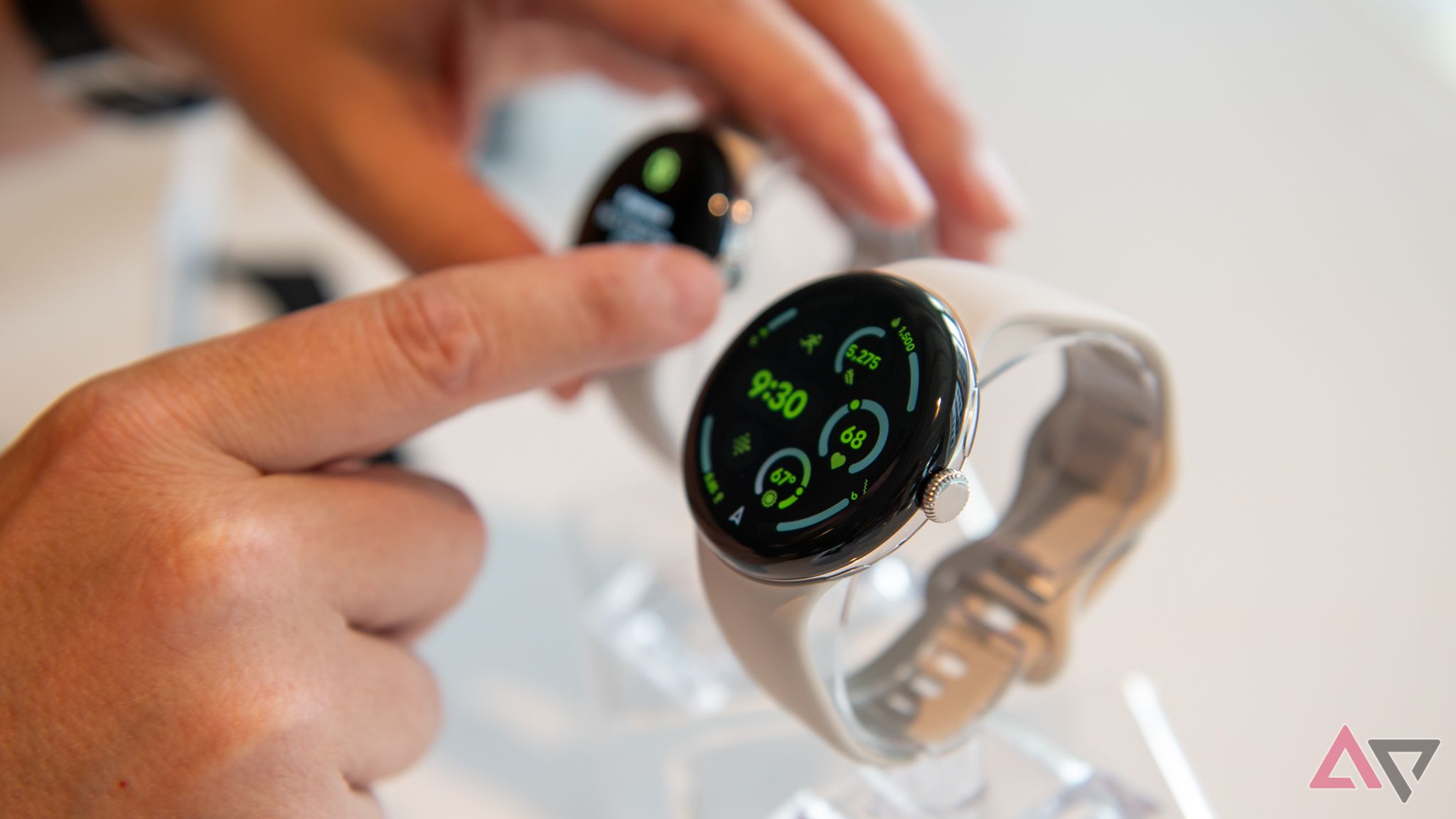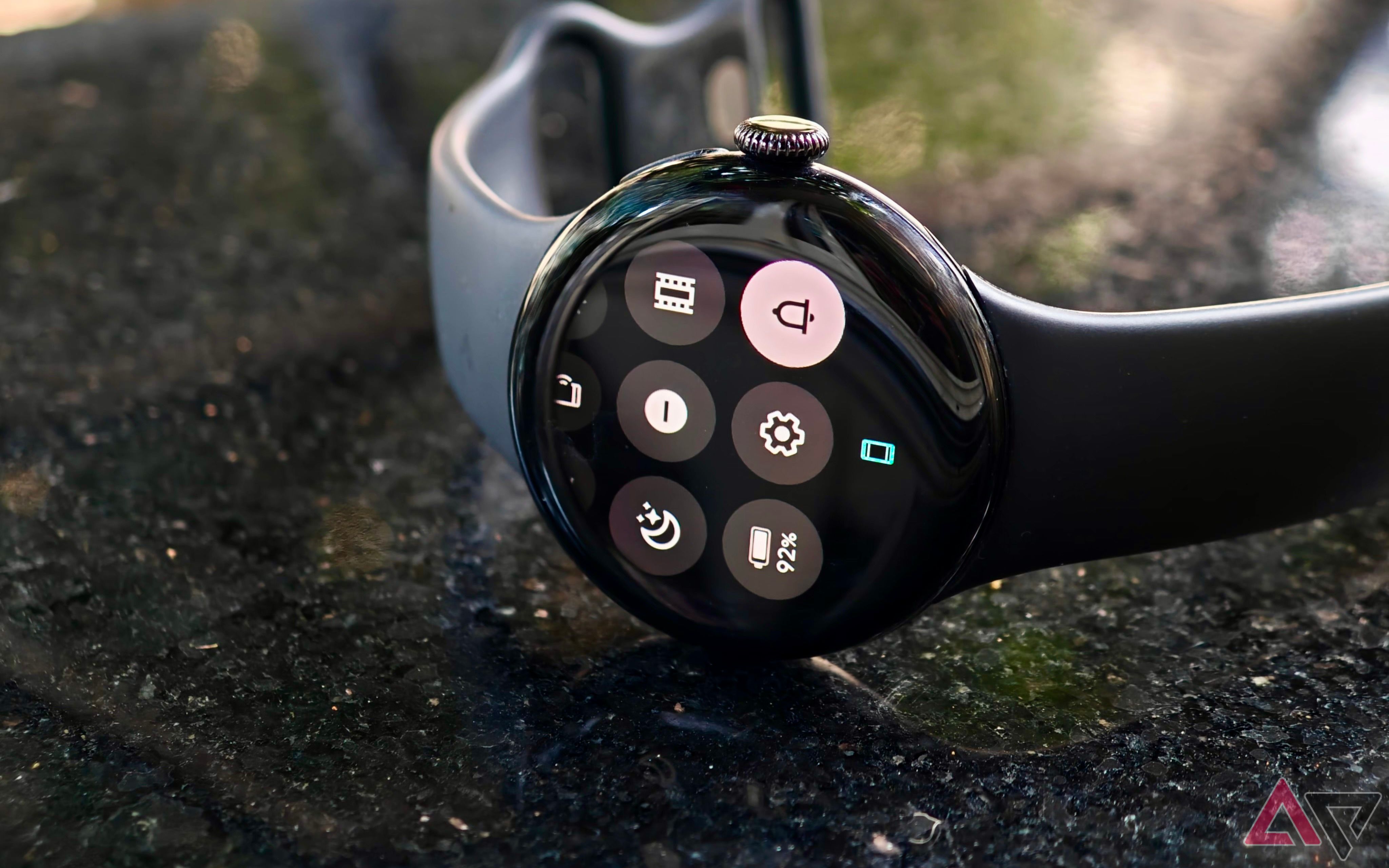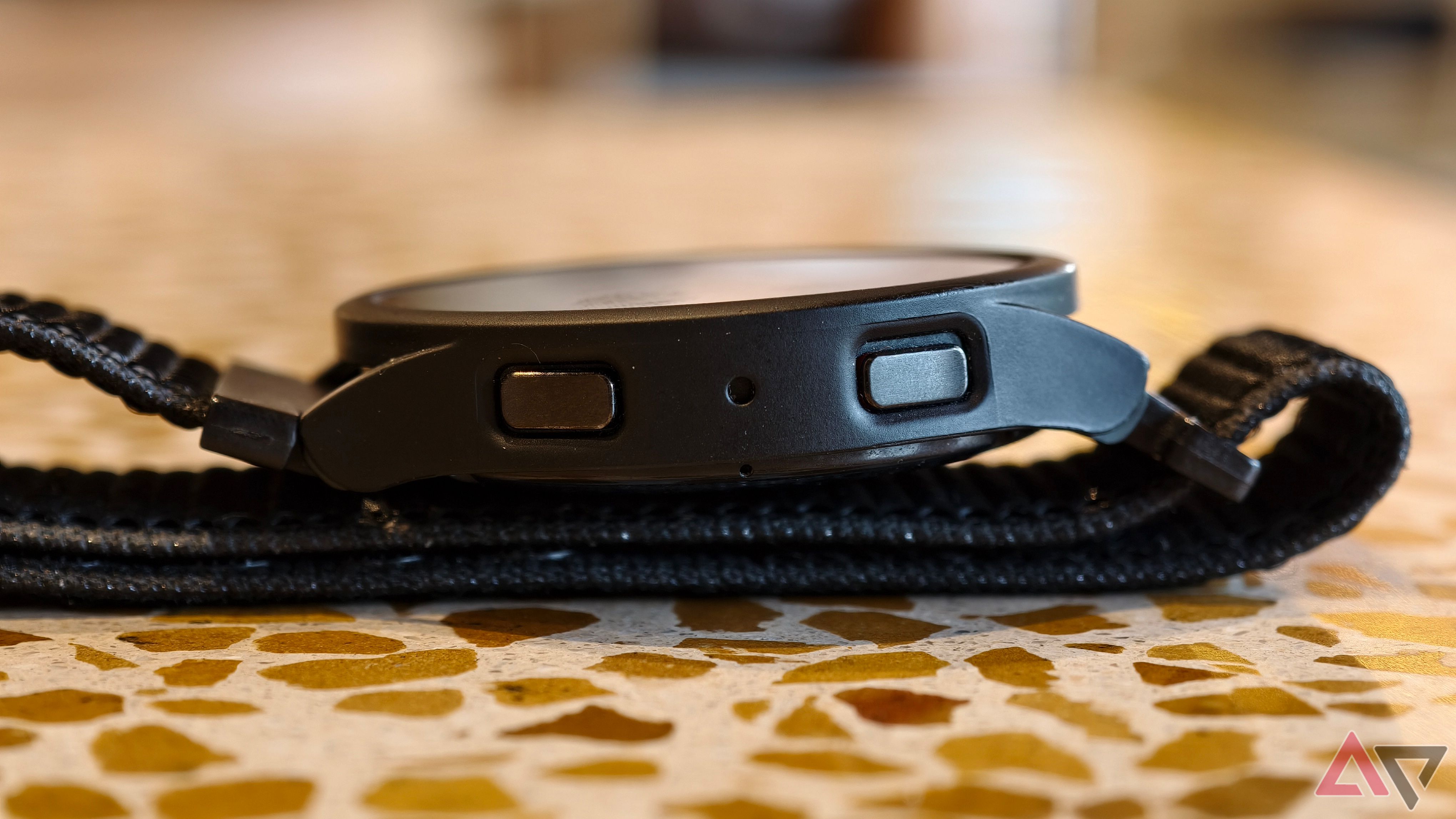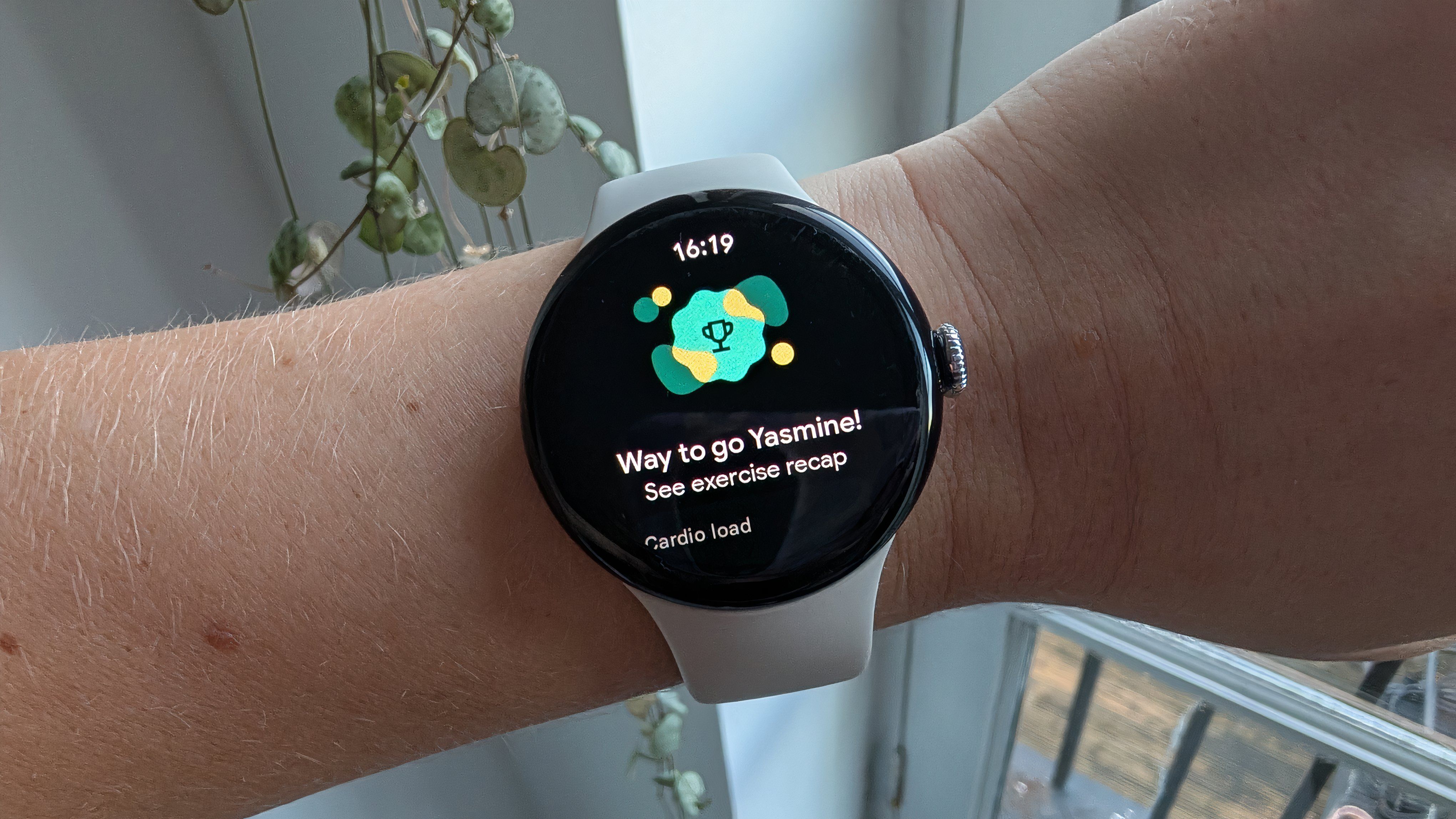Wear OS became a real smartwatch operating system when Google revived the platform in 2021. While there are fewer Wear OS OEMs than there used to be, the ones still around make high-quality devices that make great smartphone companions. While Google has added great features with each release of Wear OS, it could add more features to make the user experience better. Here are the features I hope Google adds in Wear OS 6.
Related
Wear OS 5: Everything to know about the wearable operating system
What to expect with the Pixel Watch 3’s OS
8
Customizable quick settings panel
The quick settings panel is convenient whether you use it on a smartphone, tablet, or smartwatch. On Android, you can customize which tiles are in your quick settings panel and the order in which they appear. On Wear OS, you are stuck with the default layout. It would be helpful to modify the quick settings panel on Wear OS, like you can on Android, to customize the experience and make it more useful.
If you use the flashlight, it would be nice to put it at the bottom of the panel to make it easily accessible. It would also be nice to add and remove tiles if there are functions that you rarely use or add through installed apps or other means.
7
More helpful tiles
The update to make Wear OS more tile-based made the OS more usable and useful. While I think Google put in great groundwork for tiles, I think there’s a lot it can do to improve it. Adding more tiles with a more diverse set of features and functions could take the OS to the next level. I yearn for a battery tile to monitor my phone’s battery while it’s sitting on the charger, like the Android battery widget.
I also think tiles for things like a calculator or flashlight would be helpful. Instead of opening an app or using the quick settings tile, swipe to get to the function you need. This would make it easier to get to the stuff you need quickly and improve the Wear OS experience.
6
Customizable buttons
Wear OS smartwatches include one or more hardware buttons to access certain functions. For instance, on the Pixel Watch, you’ll tap the hardware button to bring up recent apps and hold it down to access Google Assistant. You can also single tap the crown to bring up the app drawer and double tap it to bring up Google Wallet. While these default functions are useful, it would be even more useful to customize the actions to access features that matter to you. It doesn’t have to allow users to have total free rein, but at least let users choose from a few functions to customize their experience.
5
A standard fitness app
One complaint I often hear about Wear OS is that there isn’t a standard health app. Pixel Watches have Fitbit, Galaxy Watches have Samsung Health, OnePlus Watches have OHealth, and the list goes on. If you switch smartwatch OEMs, it’s hard to take your data with you or use the health tracking app you’ve been using. Instead of being fragmented, Google should implement a standard health app. Google Fit seems like the optimal option since it’s a Google app that could use a little more love from Google, and would make for a standard way for users to view their data across all devices.
4
Bedtime mode syncing
While this is an existing feature for Pixel phone users who have a Pixel Watch, most Wear OS users cannot sync their phone’s bedtime mode with their watch. Since Google figured this out with its watches, it should implement it OS wide. Bedtime mode syncing makes sense for two operating systems that are closely tied.
If your phone stops showing notifications, turns down or turns off the screen, and shuts off sounds, your watch should follow suit. That way, you aren’t in a situation where you’re going to bed and blind yourself with your watch that is not set to bedtime mode.
3
Hand gesture controls
This is a feature that Apple implemented into its Apple Watches, and I think Google should copy. Hand gestures allow you to tap your fingers together or move your wrist to control your device. This started as an accessibility feature, but is useful for users of all abilities. Imagine double tapping your fingers to select something on your watch instead of tapping the screen of your watch or flicking your wrist to dismiss a notification.
Gestures can be useful when your hands are full, or you are in the middle of a task. They also could be quicker to use than navigating through menus or launching an app, so they make the user experience easier. These may seem like small changes, but they have a huge impact on the user experience.
2
Improved efficiency and battery life
One thing that is always important to users is improved chip efficiency and battery life. Improved chip efficiency means that it will get better performance while using less battery. Improvements in this area allow the watch to do more and the UI to function more smoothly, especially with the increasing prevalence of AI. Improvements in efficiency usually lead to improvements in battery life, but specific codebase changes to make battery life better would also be appreciated.
Smartwatches often have 24/7 monitoring for things like heart rate or sleep tracking, which eat up battery life. Improving the efficiency of these background tasks could improve battery life. Getting two full days out of a Wear OS smartwatch would be great, but getting close to a week would be phenomenal.
1
Better accessory compatibility
While smartwatches are generally useful for health tracking, there are additional accessories that are better for specific functions. Dedicated heart rate monitors that go on your chest physically above your heart or cycling power meters that detect statistics about how hard and fast you’re cycling are useful to certain users. Right now, there is no dedicated accessory compatibility in Wear OS, but adding the functionality to use your watch and another accessory to track a workout could bring fitness tracking to the next level.
Smartwatches work well, but these additional devices are often more accurate than a smartwatch and offer useful data for more serious users. By integrating with Wear OS, the data from both devices could be shown in a single place to make it easier for users to track their health metrics.
A better Wear OS
Wear OS has come a long way since its inception and is now a better Apple Watch competitor. Still, there are changes Google could make to improve the user experience, such as better battery life, better integration with other devices, and more customizability and functionality. While these upgrades may not be here yet, there are settings you can change to improve the Wear OS experience immediately.









